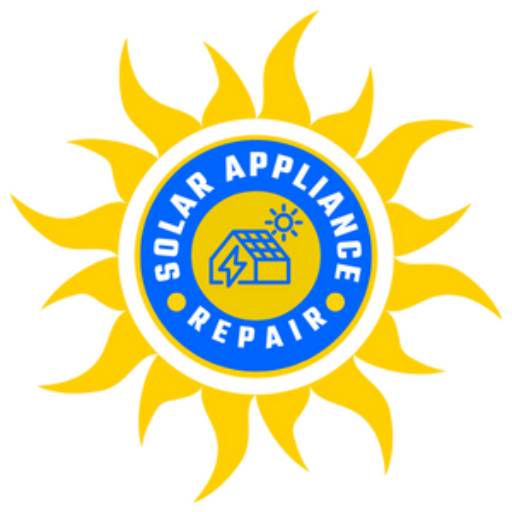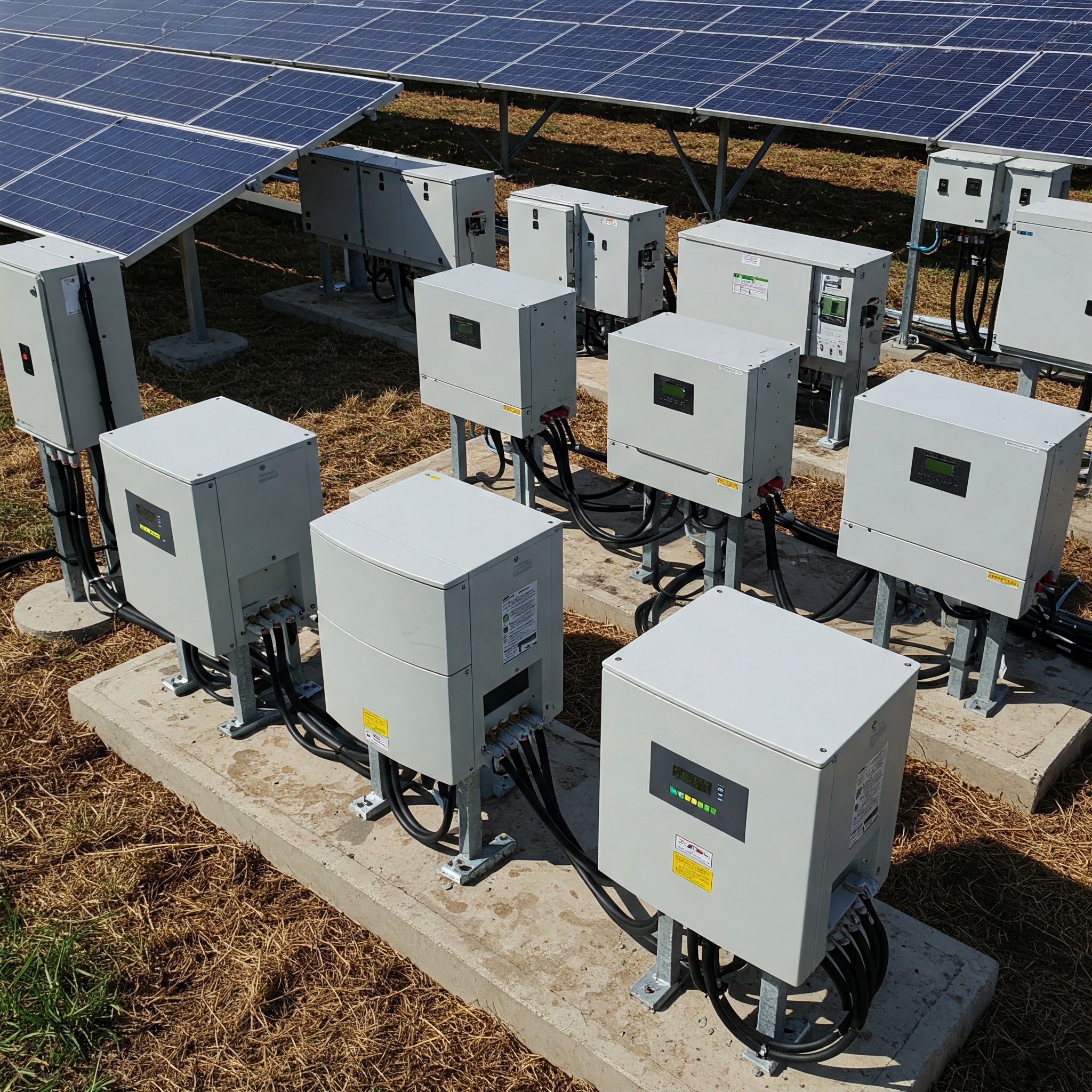The sun shines, your solar panels absorb its energy, but how does that radiant power transform into the electricity that lights your home and powers your appliances? The answer lies in a crucial component: the solar inverter.
The Bridge Between Sun and Socket
Imagine your solar panels as a source of direct current (DC) electricity, a bit like a battery. Your home, however, runs on alternating current (AC), the type that flows from the power grid. The solar inverter acts as the bridge between these two worlds, seamlessly converting the DC power generated by your solar panels into the AC power your appliances need.
Beyond Simple Conversion
Modern solar inverters are far more sophisticated than mere converters. They are the brains of your solar power system, performing a range of vital functions:
- Maximum Power Point Tracking (MPPT): This advanced technology constantly monitors the output of each solar panel and adjusts the inverter’s operation to ensure maximum power extraction, even under varying sunlight conditions like clouds or shadows.
- Grid Integration: Inverters ensure seamless integration with the utility grid. They can operate in grid-tied, off-grid, or hybrid modes, allowing you to utilize grid power when necessary and export excess solar energy back to the grid for potential credits.
- Energy Monitoring and Management: Many inverters come equipped with monitoring features, accessible through mobile apps or online dashboards. These platforms provide valuable insights into your energy production, consumption, and costs, empowering you to make informed decisions about your energy usage and identify areas for potential savings.
- Safety Mechanisms: Inverters incorporate crucial safety features like islanding protection. This prevents power from flowing back to the grid during a power outage, safeguarding utility workers and ensuring the safety of your system.
Choosing the Right Inverter for Your Needs
Selecting the appropriate inverter is a critical decision that significantly impacts the performance and efficiency of your solar power system. Key considerations include:
- System Size: The inverter’s capacity must match or exceed the total power output of your solar panels to ensure optimal performance.
- Energy Needs: Analyze your household’s energy consumption patterns to determine the inverter’s power requirements.
- Budget: Inverters come in a wide range of prices. Choose a model that aligns with your budget while ensuring sufficient capacity for your needs.
- Efficiency: Look for inverters with high efficiency ratings to maximize energy output and minimize energy losses.
- Warranty and Support: Choose a reputable manufacturer with a comprehensive warranty and reliable customer support to ensure long-term peace of mind.
The Benefits of Efficient Inverter Technology
Investing in a high-quality inverter offers numerous advantages:
- Reduced Electricity Bills: By harnessing solar energy, you can significantly reduce your reliance on grid power and lower your electricity bills.
- Environmental Sustainability: Solar power is a clean and renewable energy source, minimizing your carbon footprint and contributing to a healthier planet.
- Increased Energy Independence: Solar power systems provide a degree of energy independence, reducing your reliance on the grid and enhancing your resilience during power outages.
- Enhanced Property Value: Installing a solar power system can increase the resale value of your property, making it a more attractive investment.
In Conclusion
The solar inverter is the unsung hero of any solar power system. By understanding its critical role and selecting the right model for your specific needs, you can maximize the benefits of solar energy and enjoy a more sustainable, efficient, and cost-effective energy solution for your home.

